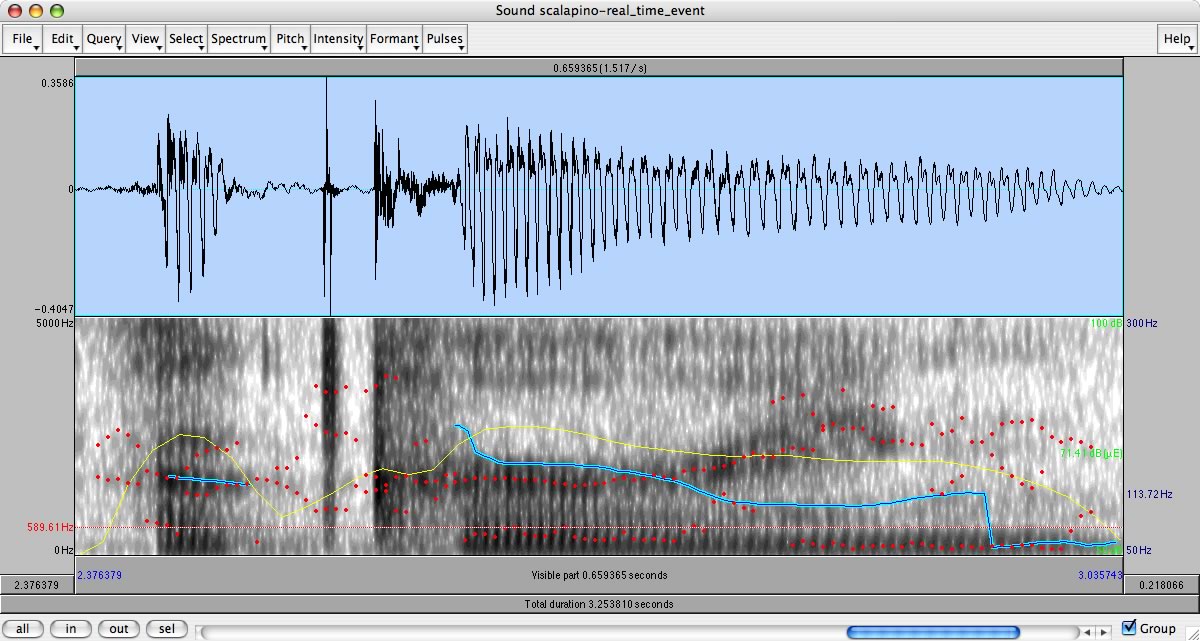
Effective post-processing allows customers to acquire the required details to judge the soundness of their styles. Via Staged Design customers can perform a reasonable simulation of the structure process. In thé Buildings mode, structural elements, like piles, anchors, geotextiles, and prescribed a good deal and displacements can be defined. Via Boreholes customers can specify complex dirt single profiles or geological cróss-sections.

The proposed method is highly useful to geotechnical engineers because of its simplicity and reliable prediction.Quick and effective finite component model development and evaluation The user-friendly interface of PLAXIS 2D leads the consumer to efficiently create versions with a reasonable geotechnical workflow. This approximation was validated via a finite element simulation. The composite coefficient of consolidation ( c v ( com )) that was obtained from the physical model test on the composite ground can be used to approximate the rate of consolidation. It is proposed that the soil–cement column and surrounding clay form a compressible ground, and the consolidation occurs in the vertical direction. For a long soil–cement column, the excess pore pressures in the surrounding clay and the column were essentially the same at a given consolidation time throughout the improvement depth.

The stress on the column was shown to be low for a composite ground with a high value of a, which resulted in less settlement and fast consolidation. The consolidation of the composite ground was mainly observed in the vertical direction and was controlled by the area ratio, which is the ratio of the diameter of the soil–cement column to the diameter of the composite ground, a. The cracked soil–cement column acted as a drain, which accelerated the dissipation of the excess pore pressure. Consequently, the excess pore pressure in the surrounding clay increased immediately. When the soil–cement column failed, the stress on the column suddenly decreased (due to strain-softening) meanwhile, the stress on the soil increased to maintain the force equilibrium. For an applied stress that is much lower than the failure stress, the final settlement of the composite ground was lower, and the consolidation was rapid. It was determined that the final settlement and the rate of consolidation of the composite ground depended on the stress state.

This article investigates the consolidation behavior of composite soft clay ground using both physical model tests under an axial-symmetry condition and finite element simulations using the PLAXIS 2D program. Columnar inclusion is one of the effective and widely used methods for improving the engineering properties of soft clay ground.


 0 kommentar(er)
0 kommentar(er)
